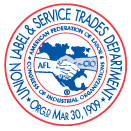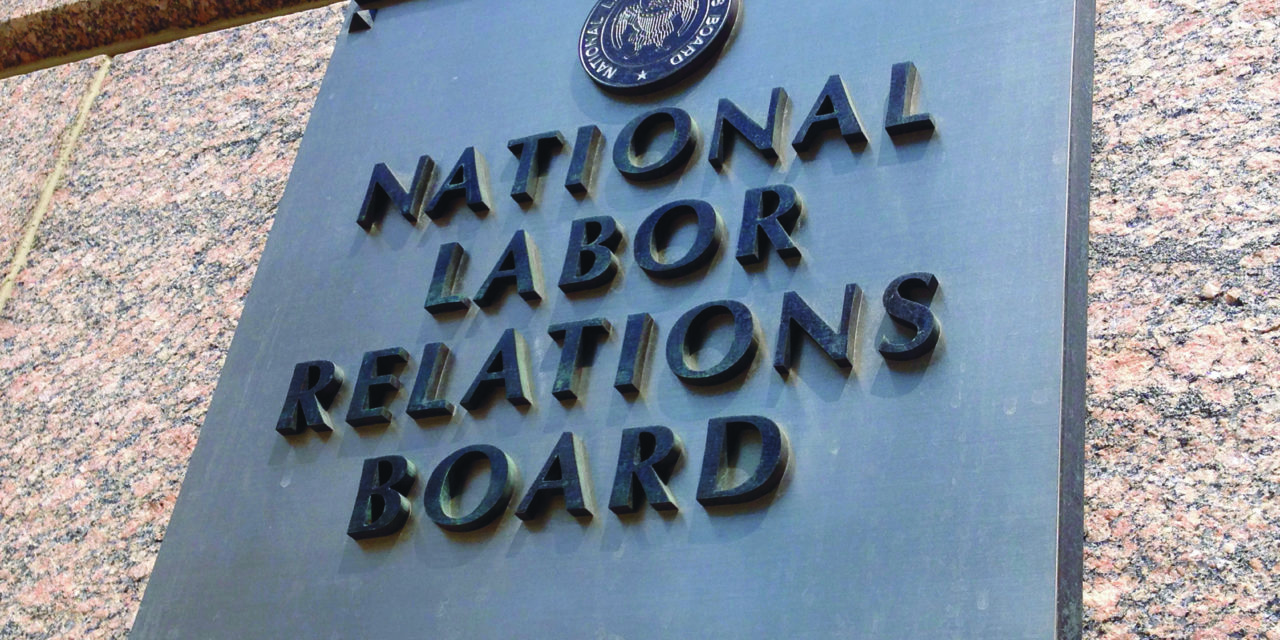In October 2023, the National Labor Relations Board (NLRB) unveiled its long-awaited finalized joint employer rule, marking a significant step towards protecting the rights of American workers. This rule, which has been the subject of extensive debate and legal challenges for years, clarifies and strengthens the standards for determining when two or more employers can be considered joint employers, and how they share responsibility for labor law violations. The NLRB’s move is a commendable effort to provide workers with more security and ensure that their rights are upheld.
**Understanding Joint Employers**
Joint employment occurs when two or more employers share control over a worker’s terms and conditions of employment. This concept is pivotal in labor law because it determines the legal responsibilities of employers regarding labor standards, workers’ rights, and collective bargaining. For years, the definition of joint employment has been a source of confusion and contention, making it challenging to hold employers accountable for labor law violations.
**The NLRB’s Finalized Rule**
The NLRB’s finalized joint employer rule is a response to this ambiguity and confusion. The new rule outlines a clear standard for determining when multiple entities should be considered joint employers. It focuses on whether each employer exercises “substantial direct and immediate control” over essential employment terms, such as hiring, firing, wages, hours, and supervision. This standard provides a more straightforward and comprehensive framework for determining joint employer status.
**Why It’s Necessary**
**Protecting Workers’ Rights:** The NLRB’s rule is necessary to protect workers’ rights in an era of evolving employment relationships, such as subcontracting, franchise operations, and the gig economy. By establishing a clear standard for joint employment, the rule ensures that workers are not left without protection due to complex, multi-layered employment arrangements. This clarification helps empower workers to assert their rights and seek redress for labor law violations.
**Legal Accountability:** The rule fosters accountability among employers. With a clearer definition of joint employment, it becomes easier to hold multiple employers responsible for violations of labor laws, including wage theft, unfair labor practices, and violations of the National Labor Relations Act (NLRA). This holds employers accountable and discourages exploitative practices.
**Promoting Fairness:** The NLRB’s rule promotes fairness by preventing employers from evading their obligations under labor laws through intricate contractual structures. Workers should not be left in a legal limbo when seeking remedies for mistreatment, and the rule ensures they have a clear path to justice.
**Certainty for Employers:** The rule also benefits employers by providing clarity and reducing legal uncertainty. Employers can now better understand their responsibilities and potential liabilities when engaging in joint employment relationships. This allows for better compliance with labor laws and reduces the risk of costly legal disputes.
**Encouraging Collective Bargaining:** The rule supports the ability of workers to engage in collective bargaining, which is a fundamental right. Clearer standards for joint employment encourage employers to negotiate with workers’ representatives and maintain good-faith relationships.
The rule is a crucial development that bolsters the protection of workers’ rights and fosters fairness and accountability in the labor market. Ultimately, the NLRB’s rule is a victory for workers and a significant stride towards a more just and equitable labor landscape.






